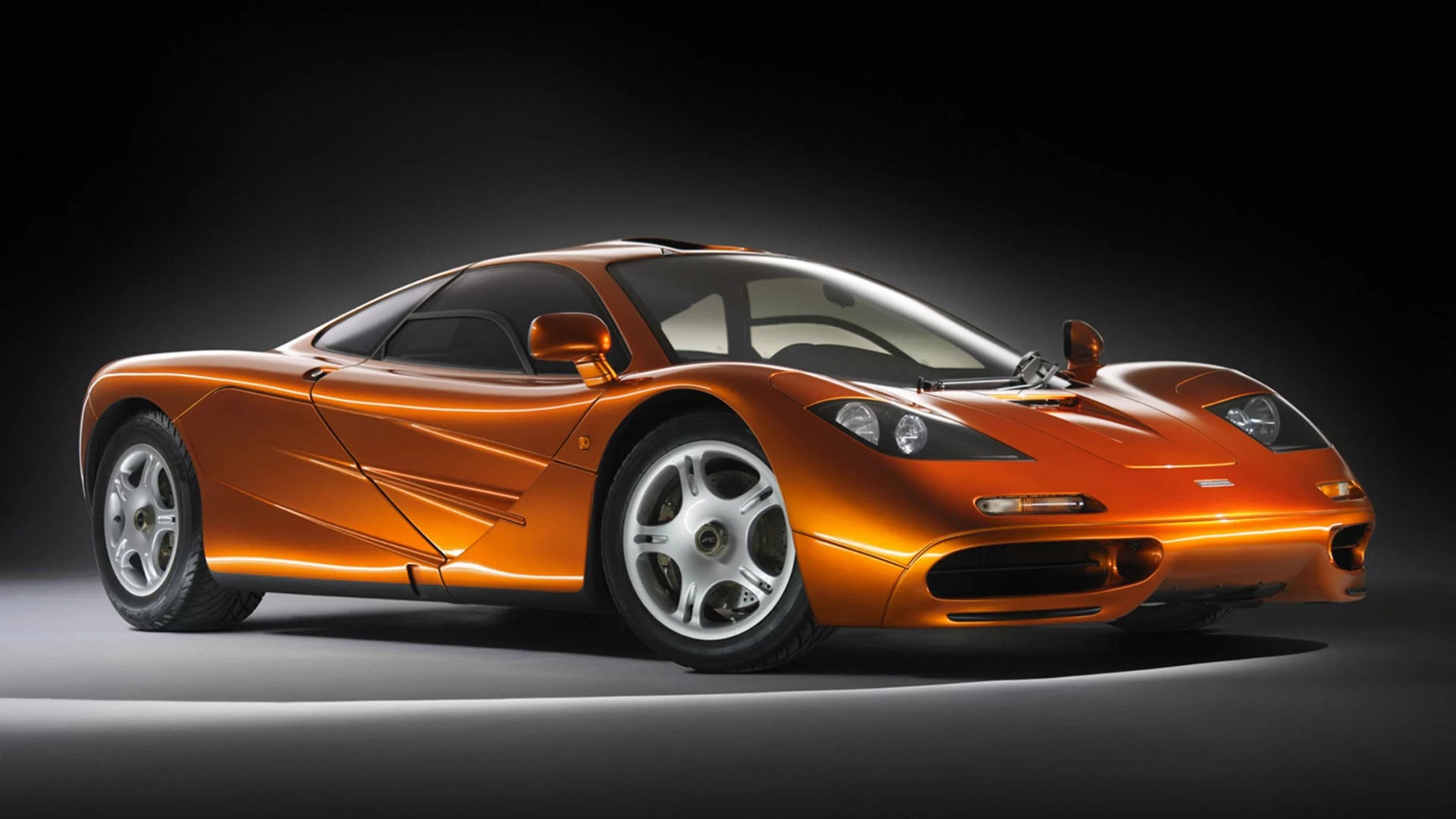After multiple delays, I finally got my plaid this weekend.
I took it out to some industrial areas, and did lots of freeway on and off ramps.
I also did about 4 launches and drag strip mode, up to 120 mph due to space.
Even before the launches and high-speed braking, I did some fairly high speed rolling acceleration and slowing down. Immediately, during this period, there was obvious that the car could still stop fine, but the pedal did not feel good. It almost felt like they needed to be bled, as the panel felt soft and squishy. This was before there was much heat in the brakes.
I think that alludes to the fact that the pads are not very good for this use. Which correlates with MPP's comments.
After about 3 launches, not only did the pad feels soft and mushy but there was some fade.
Therefore, first thing I will look at doing is better pads and fluid. I have already emailed Carbotech about 1581 pads. And then next up would be rotors.
Another issue, was that when exiting on ramps onto a straightaway, the car felt neutral and was not even close to losing grip, but there was no power. The car does not put down power until its nearly straight. However, it did not appear that the car was braking to prevent the power, so it did not appear that the brakes are being applied to prevent the power, it appears that there is an algorithm in place on Yaw/steering angle/etc. that prevents the electric motor output. At least it appears that way. If track mode is coming, I would expect this to improve.
I do note in the latest video with Sacha from MPP on the track, the stability control was disabled but at the beginning of the video he explained that the power is still very limited coming out of the corners. Not sure if that is due to traction control or some other algorithm, but it would not be the brakes being applied.
This appears to be evidence that the stability control is not what is killing the brakes on track. The car is not producing power electronically unless nearly straight. If track mode does not come out, hopefully someone like MPP can make something like the Party box like they made for the Model 3. But I believe, there is a video of the Unplugged applied by Randy Probst doing drifts around corners, so they obviously have solved the issue.
That being said, MPP was significantly faster around the track with Camber, larger tires, shock/springs despite stock brakes and being limited on exit power.





